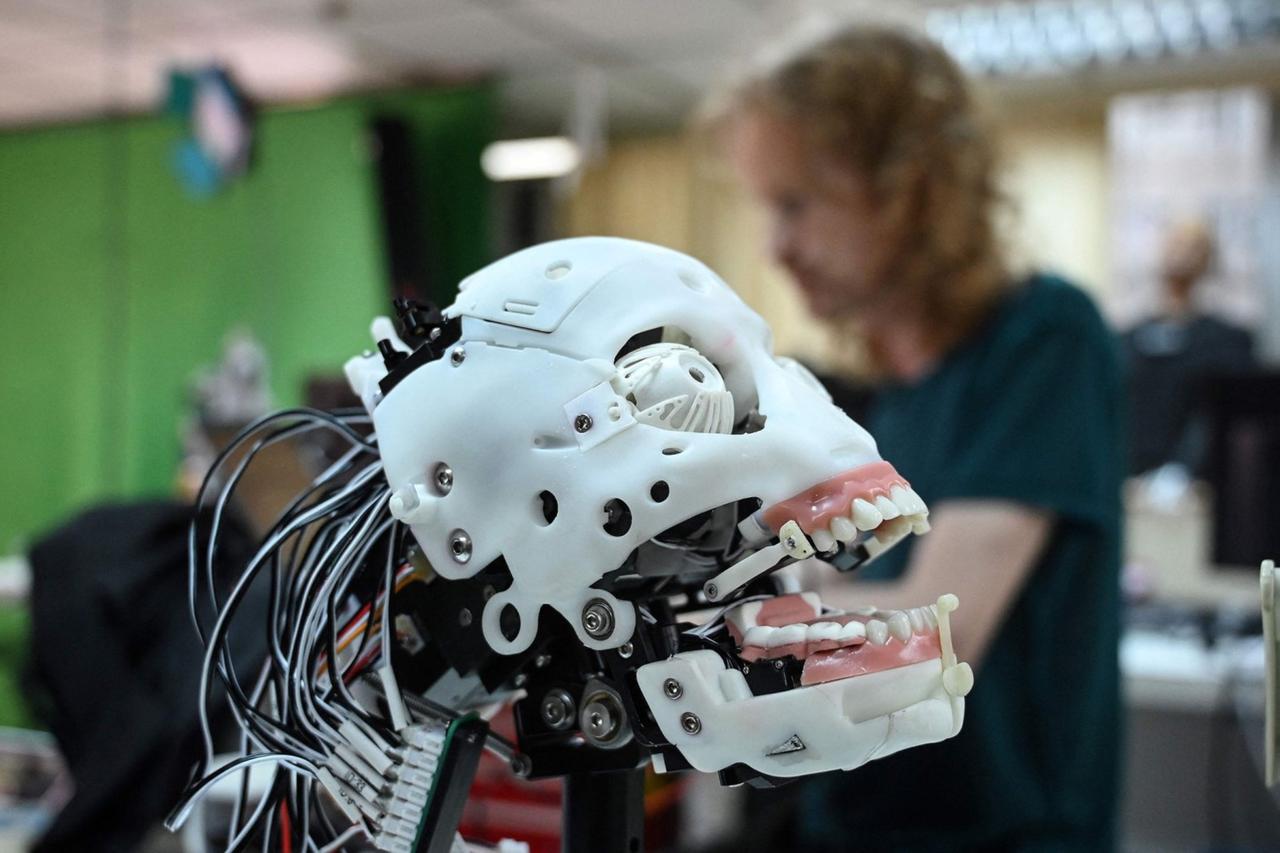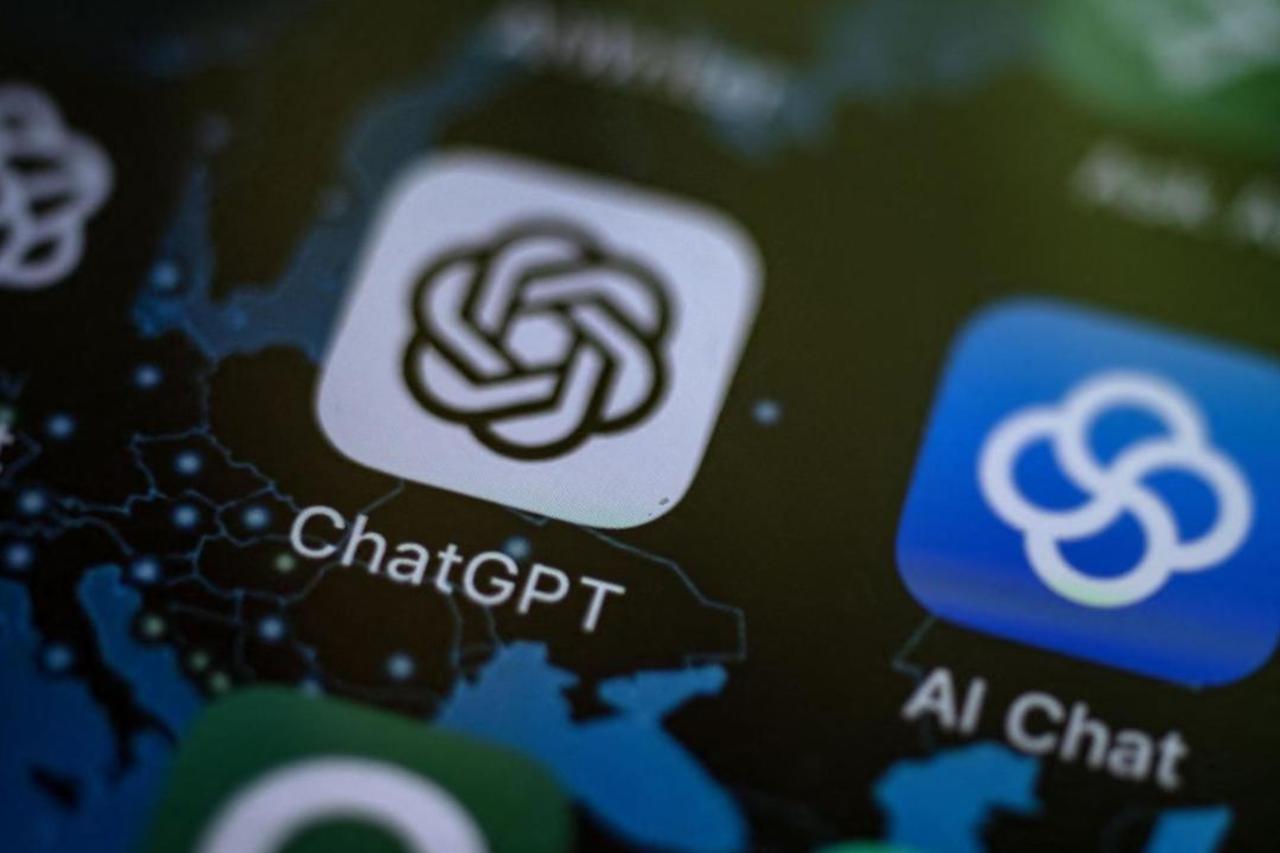
A new report by McKinsey & Company reveals that despite massive investments in artificial intelligence, particularly generative AI, the overwhelming majority of companies have yet to see meaningful returns. Only 1% of executives surveyed described their organizations as having reached a “mature” level of AI adoption.
The report, titled “Superagency in the Workplace,” outlines how most companies continue to invest heavily in AI tools without a clear strategy for implementation or return on investment. This gap between investment and performance highlights a larger issue: AI’s promise may be real, but its execution is falling short in practice.

While AI is widely seen as a transformative force—often compared to the steam engine in its potential impact—companies are struggling to translate hype into outcomes. According to McKinsey, only 19% of senior executives report revenue gains above 5% linked to AI adoption. Around 39% saw more modest gains between 1% and 5%, while 36% reported no revenue impact at all.
Cost savings are also lagging. Just 23% of companies say AI has had any noticeable effect on reducing operational costs. These numbers indicate that most companies remain stuck in small-scale experimentation, unable to scale their AI initiatives effectively.

The lackluster results haven’t slowed down enthusiasm. According to the report, 92% of companies plan to increase their AI investments over the next three years. But McKinsey notes that while long-term benefits may eventually materialize, short-term returns remain uncertain.
Many companies appear to be investing in AI out of strategic fear, concerned they will fall behind if competitors find a breakthrough, even if they lack a solid plan themselves. Without clear roadmaps and defined outcomes, these investments risk becoming performative rather than transformative.

Contrary to widespread assumptions, employee resistance isn’t the primary obstacle to AI adoption. McKinsey’s data suggests that leadership hesitation and lack of strategic coordination are far more significant. Executives are 2.4 times more likely to blame employees for slow uptake, but the report finds workers are often ahead of management in real-world usage.
For example, the number of employees using generative AI for at least 30% of their daily tasks is three times higher than executives estimate. Nearly half of workers surveyed say formal training would improve adoption, yet 22% report receiving little or no support.
This disconnect underscores a broader leadership issue: many decision-makers remain out of touch with how AI is being used on the ground.
The core problem, according to McKinsey, is the absence of a coherent AI strategy. Only 25% of executives say their company has a complete roadmap. More than half admit they are still drafting one.
This leaves many organizations stuck in a “pilot project trap”, launching limited, isolated experiments that never scale due to poor planning, lack of ambition, or unclear goals.
Stanford University’s Erik Brynjolfsson, quoted in the report, summed up the current moment: “This is the time to capture value from AI—and to hope your competitors are still just experimenting.”
For the report, AI is the internet of 40 years ago now. The issue isn’t a lack of funding, tools, or talent but a lack of leadership, strategic clarity, and internal alignment to capitalize on it. That is, the companies that will succeed with AI are not those spending the most, but those that can turn investment into structured, scalable execution. Until then, the gap between AI’s promise and its payoff is likely to persist.